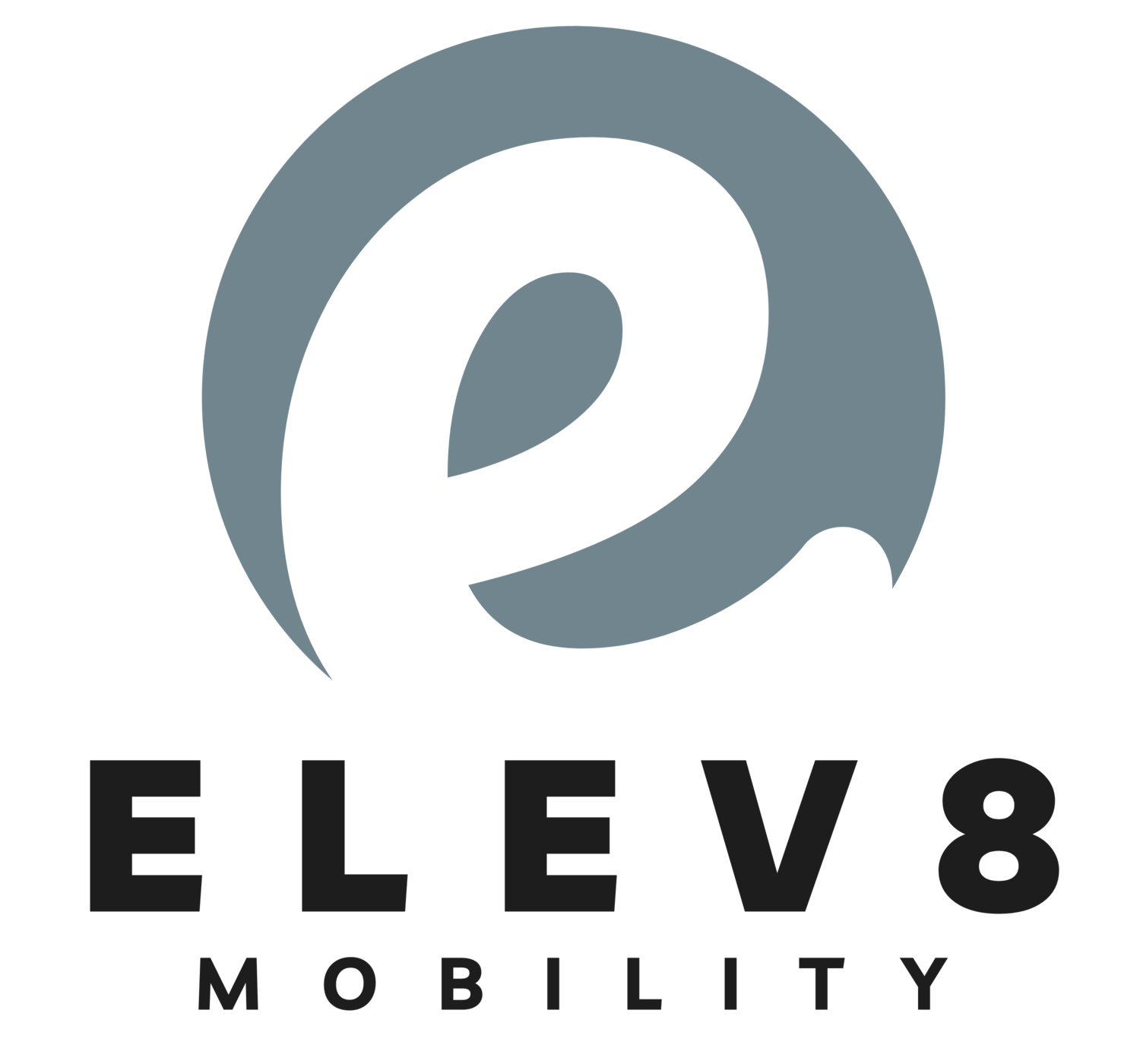How to Make Every Entrance Wheelchair-Friendly Without Major Renovations
Creating a wheelchair-friendly entrance doesn’t have to mean tearing down walls or rebuilding your front steps. Whether you’re a homeowner, business owner, or event organizer, small and affordable adjustments can make a big difference in accessibility.
At Elev8 Mobility, we believe accessibility should be simple, safe, and stress-free—and that starts with making it easy for everyone to get in the door.
Here’s how to make your entrance wheelchair-accessible without major construction.
1. Start by Evaluating Your Entryway
Take a look at your main entrance from a mobility perspective:
Are there stairs or raised thresholds?
Is the doorway wide enough for a wheelchair or walker?
Is the surface leading up to the door smooth and slip-resistant?
Identifying these key areas helps you determine what type of solution fits best—whether it’s a portable ramp, a threshold ramp, or a temporary platform.
2. Add a Portable Wheelchair Ramp
A portable ramp is one of the easiest and most cost-effective ways to improve accessibility. These ramps come in lightweight, foldable designs that can be set up in minutes and stored away when not in use.
Best for:
Homes with one to three steps
Temporary access for guests or events
Businesses that need short-term solutions for compliance
Elev8 Mobility offers a variety of ramp rentals, including aluminum and modular options, designed for both safety and convenience.
3. Use Threshold Ramps for Small Elevation Changes
Even a small lip at a doorway can create a barrier for wheelchairs and walkers. A threshold ramp bridges that gap, providing a smooth transition over raised door frames, sliding doors, or uneven surfaces.
They’re durable, low-cost, and can be installed in minutes—no drilling or major work required.
4. Ensure Proper Door Width and Clearance
Standard wheelchairs typically need at least 32 inches of clear width to pass through comfortably. If your doorway is narrower, consider:
Removing inner door stops to gain an inch or two of space
Using offset hinges to swing the door clear of the frame
Replacing hardware with accessible lever handles instead of knobs
These small updates improve usability without construction or permits.
5. Improve Lighting and Ground Stability
Good lighting ensures safe navigation for everyone. Add motion-sensor lights near your entryway and ensure the pathway leading to your door is flat, non-slip, and free of obstacles.
If your walkway is gravel, grass, or uneven stone, temporary ramping systems or mats can provide a stable surface for wheelchairs and scooters.
6. Consider Temporary Modular Ramps for Higher Entrances
If your entry has more than three steps or requires a longer incline, a modular ramp system might be the right choice. These ramps are built from sturdy, interlocking components that can be customized for your space—without pouring concrete or making permanent changes.
They’re ideal for seasonal accessibility or when you’re planning to remodel later.
7. Explore Rental Options Before You Buy
Not sure which ramp or solution is right for your space? Rentals are a great way to test accessibility equipment before committing to a purchase.
At Elev8 Mobility, we offer both short-term and long-term rentals for ramps, lifts, and other mobility solutions—perfect for visitors, temporary recovery needs, or compliance during renovations.
Final Thoughts
Accessibility doesn’t have to be complicated—or costly. With the right solutions, you can make every entrance wheelchair-friendly without major renovations or permanent alterations.
From portable ramps to threshold solutions, Elev8 Mobility helps homeowners, businesses, and event organizers create inclusive spaces that welcome everyone.
